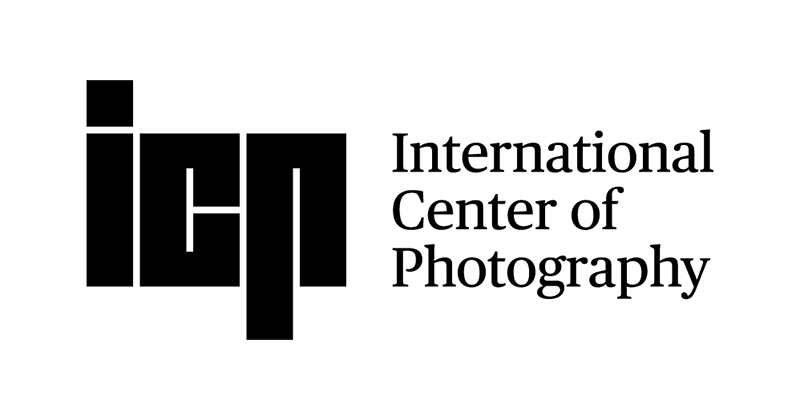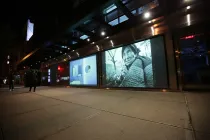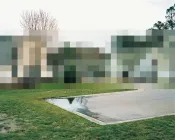Paul Kitagaki Jr. has been on a journey the last 13 years searching for the identities of the Japanese Americans that were forcibly removed from their homes during World War II, the action of which was documented by War Relocation Authority (WRA) photographers, Dorothea Lange, Clem Albers, Ansel Adams, and others. To date, Kitagaki has photographed over fifty subjects and identified several more subjects to photograph and record their oral history.
Many of the 120,000 Issei (first generation Japanese Americans) and Nisei (second generation Japanese Americans) never shared their stories of incarceration with their own families. As some of the subjects (now in their 70s to 90s) recounted their experience, they were overcome with tears and emotion as long forgotten memories returned. For many shame, bitterness, and the spirit of Gaman (enduring the seemingly unbearable with patience and dignity) and the concept of “Shikata ga nai,” which translates to “it can’t be helped or nothing can be done about it,” kept them silent. For many, this was the first time they spoke publicly about their experience.
This is an American story, told by Americans. Ethnic Japanese Americans were rounded up by Americans and forcibly incarcerated into American prison camps guarded by armed Americans. After World War II ended, they returned to their American communities.
In 1988, President Ronald Reagan signed the Civil Liberties Act, which granted reparations to the Japanese Americans who were incarcerated and apologized on behalf of the nation. The Act said that three things led the to internment: racism and prejudice, wartime hysteria, and the failure of the political leaders to uphold the constitution.
February 19, 2018 is the 76th anniversary of Executive Order 9066 issued by President Franklin D. Roosevelt, which led to the imprisonment of nearly 120,000 ethnic Japanese Americans during World War II.
Kitagaki uses a Linhof Tecnhika 4x5 format field camera, similar to equipment used by photographers in the 1940s, and black and white film, mirroring the historical photographs while revealing the strength, legacy, and perseverance of his subjects.
During the day, Gambatte! Legacy of an Enduring Spirit can be viewed on monitors inside the ICP Museum and during evening hours, images are literally “projected” onto the windows of the ICP Museum; they can be viewed from the sidewalk outside the Museum and are most visible after sunset.
About the Artist
Pulitzer Prize– and Emmy- nominated photographer Paul Kitagaki Jr. has been published in news outlets worldwide including Time, Smithsonian, Sports Illustrated, Stern, People, Mother Jones, and the New York Times Lens blog featuring his powerful images that publish daily in the Sacramento Bee.
Throughout his career, he has photographed eight Olympic games, the World Series, and Super Bowls. In addition, he has covered numerous national stories, as well as international events from Vietnam to Iraq. In 2014, he was featured in the Dyanna Taylor PBS American Masters series Grab a Hunk of Lighting about her grandmother, documentary photographer Dorothea Lange.
Currently, Kitagaki’s ongoing project is a national traveling exhibition based on the Japanese American internment camps: Gambatte! Legacy of an Enduring Spirit: Triumphing Over Adversity—Japanese American WWII Incarceration Reflections, Then and Now.







